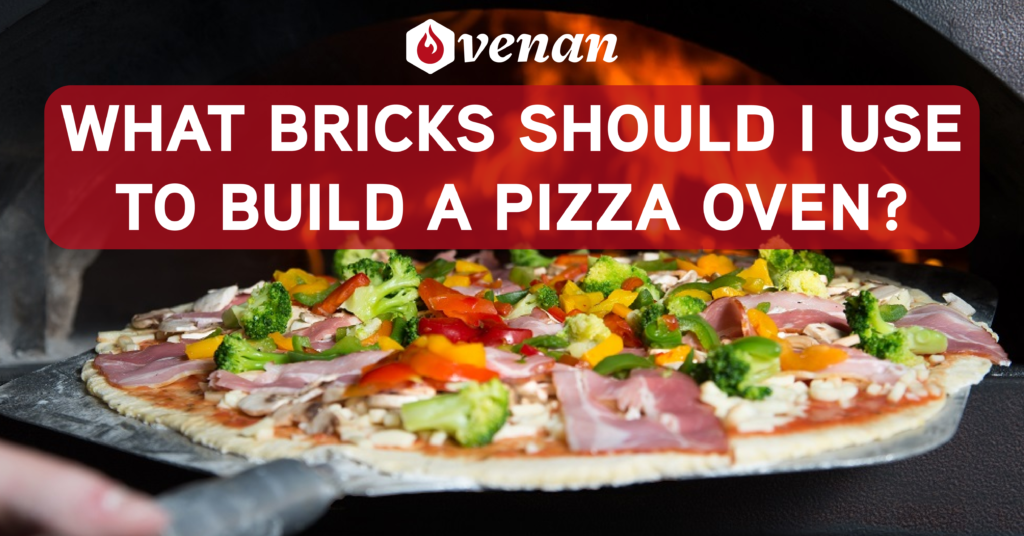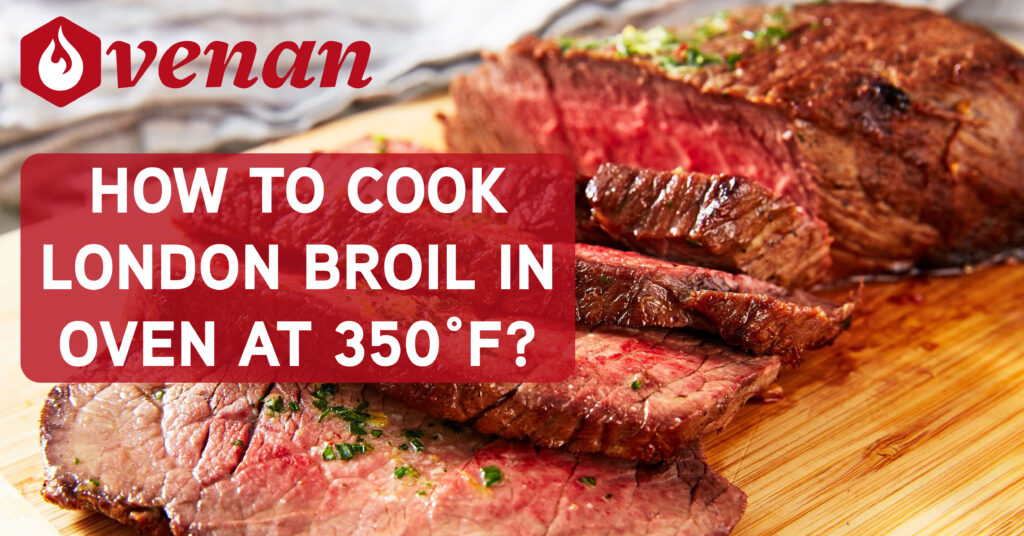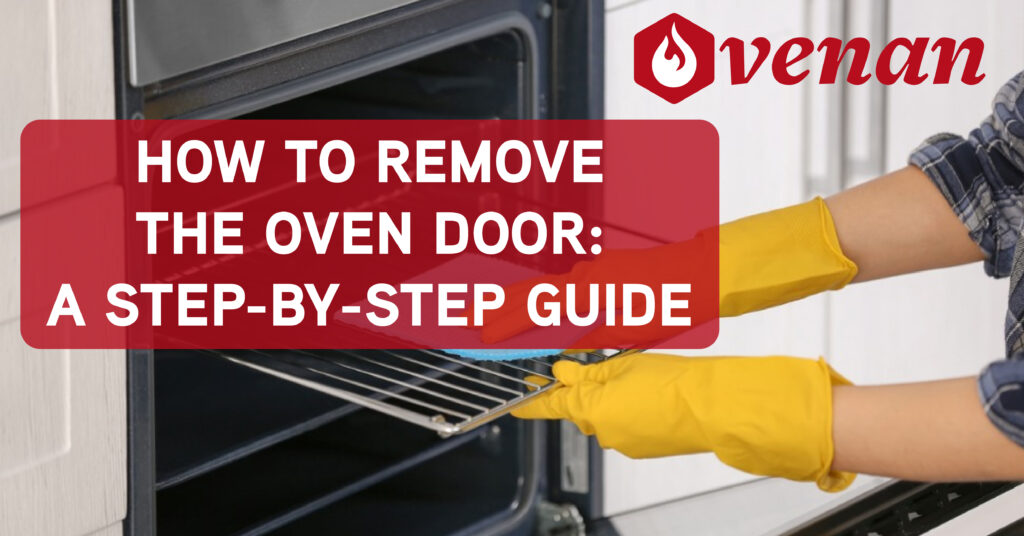Brick pizza ovens can be constructed at home using a variety of brick materials. Before you start building, it’s essential to be aware of the benefits and drawbacks of each type of brick.
What comes to mind when you consider a well-known Italian restaurant serving delectable pizza, traditional fare, and ageless design?
A black and white checkered marble floor welcomes you as you enter the room. An Italian flag is displayed boldly on one of the walls, and there are numerous traditional wooden dining chairs and tables throughout the space. As your eyes fix on the brick oven that is producing the pizza, the mouthwatering aroma fills your nostrils, serving as a delectable reminder that this is truly authentic Italian food.
How Many Types Of Firebricks Available For Pizza Ovens?
Firebricks come in a variety of sizes and forms and are used to line furnaces, fireplaces, and stoves. They also elevate pizza ovens to opulent new heights. One bite is all it takes for your consumers to distinguish between traditional oven pizzas and to a new degree of splendor! Customers can identify the difference between pizzas made in traditional ovens and those made in brick ovens based solely on taste. We all understand that building your own brick hearth is the only way to achieve that delectable smoky flavor; now that’s what I call tasty!
You might want to do something outdoors if you have some free time and aren’t travelling very far for the holidays this year. Pizza oven construction is a challenging but doable do-it-yourself task.
At gatherings or when engaging kids, they can steal the show.
- Rutland products fire bricks
- Girtech firebricks
- Us stove firebricks
Prepare some homemade, rustic pizzas by rolling out the dough and adding your desired ingredients. However, you must first construct it. You may also be asking if regular clay bricks can be used. Or do you require a particular kind of masonry to construct the oven’s walls?
We know the solution right here.
If building an outdoor fire pit is more your style, the information provided below is also relevant. In a pizza oven, clay bricks are an option. The gist of the matter is that you can construct a pizza oven out of conventional clay tiles. They’ll do the job, and choosing this path makes sense if you only plan to use it occasionally. Even recycled bricks or bricks removed from a building you’re tearing down could be used. This might be a useful method to employ them. Use fire bricks instead if you want to create an oven that will last for a very long time and be a little bit more effective.
Concrete bricks are definitely not a good idea, and we’ll clarify why below. First, however, let’s consider clay bricks and fire bricks as an Bricks of fire. You should consider using fire bricks for the finest pizza oven because they are made to withstand extreme heat. These are used in brick buildings that frequently come into contact with fire, such as industrial furnaces, fireplaces (although they are not as prevalent today), and other fireplaces. Their makeup distinguishes them from one another. Bricks typically contain a combination of silica, alumina, and a few other oxides and elements. Fire bricks have a lower percentage of alumina (around 23%) and a greater percentage of silica (around 73%) than regular clay bricks. While other colors can be added during production, they typically emerge from the firing process as a dense white block.
Will They Survive The Heat?
Yes. These sturdy, low-porous bricks can endure temperatures as high as 980°C. This guarantees that a significant quantity of heat from burning fuel won’t compromise the brick’s surface or structural integrity. Additionally, they have less thermal transmission. As a result, the oven will heat up much more quickly because they protect better and use less energy.
Cement Bricks
For many people, using clay bricks will be better, regardless of whether they have a lot of extra bricks lying around or are working with a tighter budget to build their oven. Composition was previously stated. The ratios of silica and alumina are more evenly distributed in clay tiles. You’re at 55%.30% alumina and 70% silica. Additionally, the oxides vary slightly and are less metallic. This is undoubtedly the less expensive choice and could be a useful way to use recycled bricks, but they won’t last as long. It depends in part on how much you anticipate being used.
Will They Survive The Heat If Used For Bricks Oven?
Clay blocks can withstand the heat, but they start to degrade at about 650°C. It’s essential to keep in mind that the brick’s durability over several uses is just as important as how they respond to heat in each specific situation. Bricks will take in a lot of heat energy before gently cooling. Cracks and flaking could appear during this cooling procedure.
Concrete Use Is Not Recommended Concrete pieces are more likely to be available than extra clay bricks. Unfortunately, these will fall short. These haven’t been shot, so they aren’t hardened. They are very fragile and are prone to breaking when heated. Additionally, there is a slight possibility that they could blow up. We are unable to conceive that concrete would make a tasty pizza topping. Brick pizza ovens can be constructed at home using a variety of brick materials. Before you start building, it’s essential to be aware of the benefits and drawbacks of each type of brick.
The six most common kinds of brick used to construct a pizza oven will be covered in this blog post: firebricks, ceramic tiles, refractory cements, clay bricks, mortars, and concrete block. We’ll go over each type’s history, composition, and ideal applications. For each sort of brick, we will also list sources so you can start building the best pizza oven right away. You can build brick pizza ovens at home with a range of brick types. It’s crucial to be conscious of the advantages and disadvantages of each type of brick before you begin construction.
This blog article will discuss the six types of brick that are most frequently used to build pizza ovens: firebricks, ceramic tiles, refractory cements, clay bricks, mortars, and concrete block. We’ll go over the background, makeup, and optimal uses of each type. We will also provide sources for each type of brick so you can get started right away constructing the best pizza oven.
1. Ceramic Floor Tiles
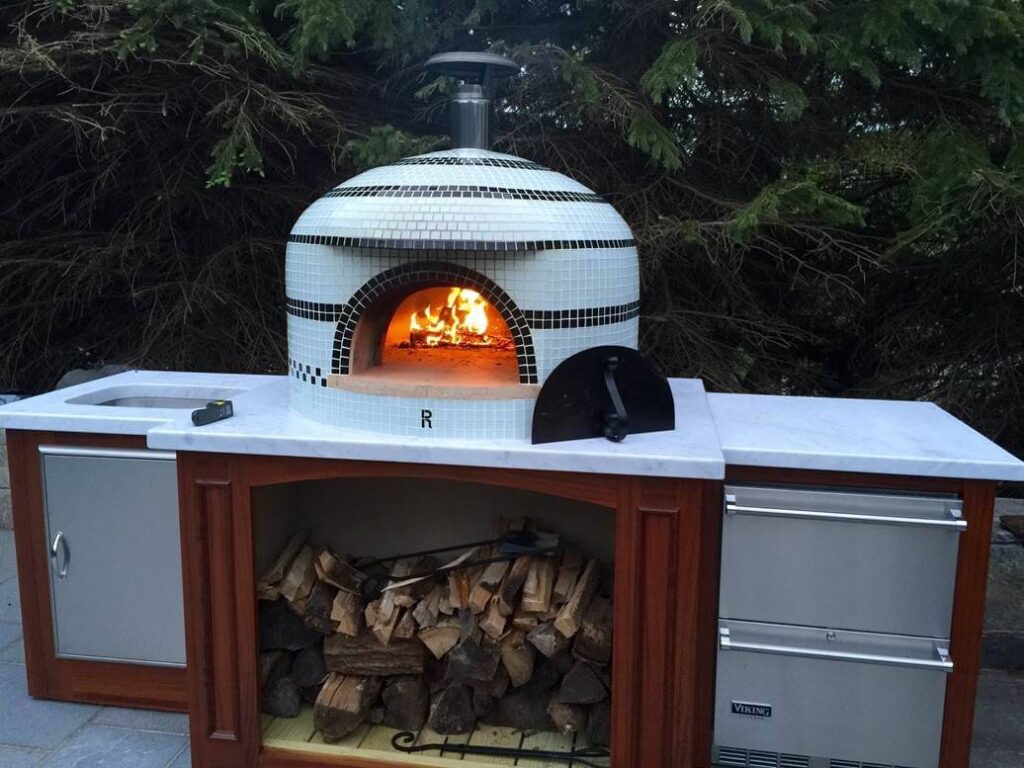
If you don’t want to spend a lot of money, ceramic tiles are an excellent substitute for firebricks. They are created from bricks made of clay and other minerals that have been shaped before being baked in a kiln. Due to their fireproof nature, ceramic tiles can withstand high temps without breaking or cracking. They also come in a variety of sizes and forms, allowing you to make your own special oven design. Ceramic tiles have the drawback of poor insulation, which causes your outdoor oven to cool down fast.
2. Resistive Cements
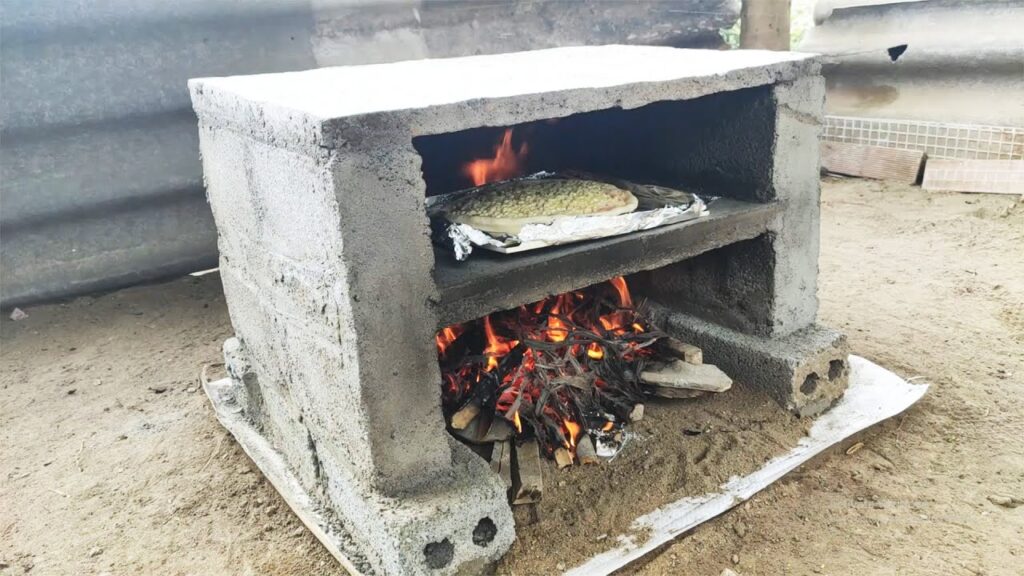
A masonry pizza oven made of mortar called refractory cements can be constructed outside. They are constructed using a mixture of cement, sand, and other elements that have that have undergone solidification through furnace heating. The most resilient kind of brick is made of refractory cement, which can endure temperatures of up to 3000 degrees Fahrenheit. The drawback is that you’ll either have to order them online or make them yourself because they’re hard to locate in nearby stores.
3. Cement Bricks

One of the most frequently used materials for building homemade pizza ovens is clay masonry. They are made of clay or shale, which is heated in either big, contemporary industrial ovens or little, beehive-shaped kilns. Red clay blocks are strong, heat-resistant, and excellent heat-retardants. Due to the fact that they are typically produced locally, their major drawback is that they can be challenging to find.
4. Mortars
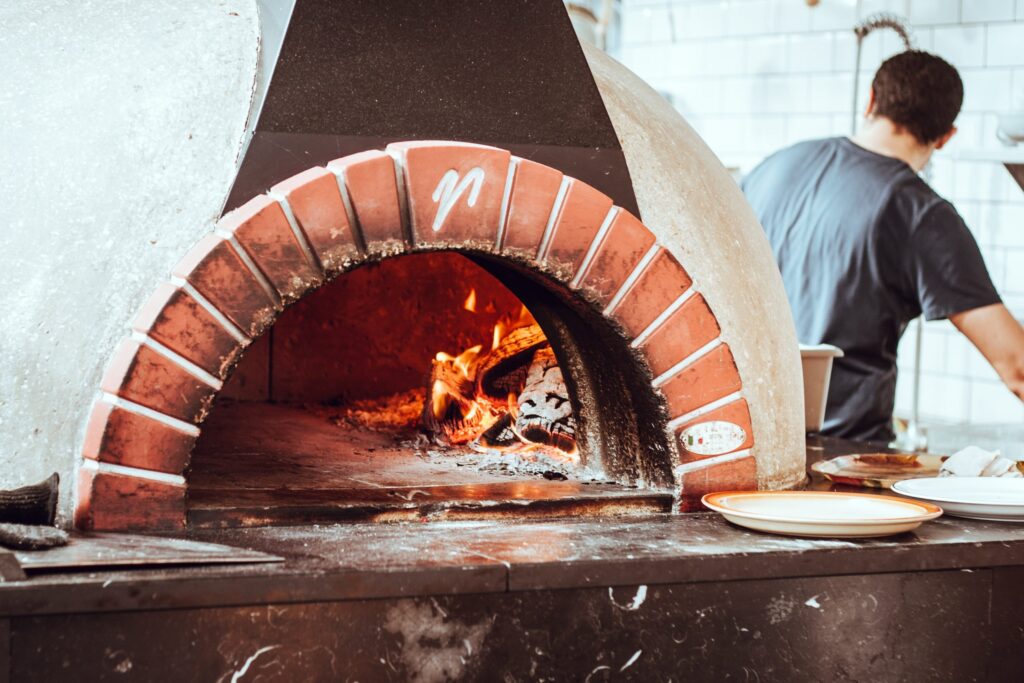
Bricks can be joined together with the help of mortars, which are mixtures of grit, cement, and water. Although they are reasonably priced and simple to locate in local shops, they lack the strength and heat resistance of refractory cements. For small masonry ovens that won’t be subjected to high temperatures, mortars work best.
5. Cement Blocks
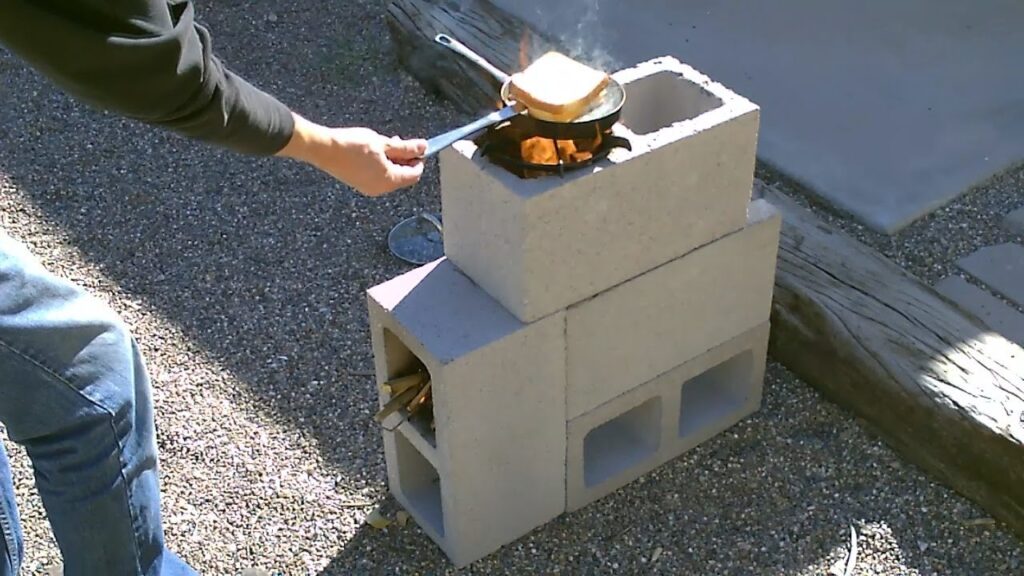
They are affordable and durable, concrete blocks have grown in popularity recently. People believe they can easily customize the design of their pizza oven because concrete blocks are available in a wide range of forms and sizes. However, due to their poor insulation and heat retention, concrete blocks are not the ideal option. Furthermore, they are unable to resist the heat produced by a real wood-burning oven.
What Makes a Good Brick?
Bricks are a crucial component of any construction project. The bricks used in a building must be of high quality if it is to be sturdy and long-lasting. The following characteristics of the finest bricks are listed:
1. Sturdiness: Strong bricks shouldn’t readily deteriorate or fracture over time. They must be heat, water, and fire resistant and have a high tensile strength.
2. Uniformity: For ease of assembly during building, good bricks should have a consistent size and shape. For the structure to appear attractive, they must also be a consistent colours and texture.
3. Strength: To withstand cracking and chipping, good bricks need to have great tensile strength. Additionally, they ought to have excellent thermal insulation qualities.
4. Pores: High-quality bricks should have uniform, tiny pores that are excellent at absorbing water and allowing air to circulate. Over time, this aids in preventing the development of mold and moisture damage.
5. Cost-effectiveness: The cost of purchasing high-quality stones should be reasonable. Additionally, they should be inexpensive to implement and maintain, which will ultimately reduce the cost of construction.
In general, high-quality bricks are necessary for building a sturdy and long-lasting construction. These characteristics aid in ensuring that the stones being used possess all the properties required for long-term performance.
The correct kind of bricks must be used when constructing a homemade pizza oven. Due to differences in size, composition, and porosity, not all stones can be used to construct pizza ovens. In general, quality stones for pizza ovens.
Additional Detail Information on Fire Bricks
Fire bricks are a specific kind of high-temperature masonry used in ovens, kilns, furnaces, and fireplaces. They are constructed of ceramic refractory material, which can endure temperatures of up to 2000°F (1093°C). There are many different types, sizes, and compositions of fire stones. Soft fire bricks, dense fire bricks, and insulating fire bricks are the three most popular kinds of fire bricks.
1: Soft Fire Bricks
Bricks used in soft fires can withstand temperatures of up to 2000°F (1093°C) and are composed of clay and silica. Due to their low permeability and superior insulation capabilities, they are both lightweight and strong enough to resist thermal shock. Since they can withstand extreme heat without splitting or crumbling, soft fire bricks are excellent for lining furnaces and kilns.
2: Strong Fire Bricks
Dense fire bricks can endure temperatures of up to 2600°F (1427°C) and are significantly more durable than soft fire bricks. These refractory materials are composed of mineral oxides such as alumina, silica, and others. For lining furnaces, kilns, and ovens that require high temperatures, dense fire bricks with a high alumina content are perfect.
3: Bricks for Insulating Fires
Insulating fire bricks offer good thermal insulation in applications up to 2000°F (1093°C) and are made of refractory ceramic fiber mixed with alumina and silica oxide. They can withstand thermal shock, are lightweight, and have minimal thermal conductivity. For furnaces and kilns that need to operate at high temperatures but also keep heat loss to a minimum, insulating fire blocks are excellent.
Can Any Brick Be Used for a Pizza Oven?
- No, not every stone is appropriate for a pizza oven. The best materials for baking pizza are fire or clay bricks because they can endure the high temperatures required. It would be ideal if you had clay bricks on hand because they are inherently more porous than other kinds of brick and will absorb moisture better, resulting in a crispier crust and better baking outcomes.
- It is advised to use a special firebrick made just for pizza ovens in order to achieve the best baking outcomes. Firebricks are much more dense and heat-resistant than clay bricks, which makes them perfect for producing that perfect crust! You could also think about using refractory cement and a specialized insulating material if none of these options are accessible to you.
What Does a Pizza Oven’s Surface Look Like?
- Typically, a pizza oven’s cooking surface is composed of ceramic, stone, cordierite, or tile. The material picked will rely on the oven’s type and intended use.
- Ceramic is perfect for wood-fired ovens because it has superb heat conduction and retention capabilities.
- In order to ensure that the pizza is cooked uniformly, stone provides an additional layer of insulation that helps heat be distributed equally throughout the oven chamber.
- For gas-fired ovens, tile floors work best because they offer a tough, cleanable surface that retains heat.
- Cordierite is resistant enough to hold its form while withstanding the high temperatures produced by these ovens.
- Whatever the substance, the floor of the pizza oven must be level and even to guarantee perfectly baked pizzas every time. To get the ideal crust, you want to use a material that will both absorb moisture from your pizza dough and radiate heat. To guarantee delicious pizzas every time, make sure your surface is clean and well-maintained. Your pies will be crispy on the outside and soft and delicious on the inside if you use the correct pizza oven! Enjoy!
Can Cement Be Used in Place of Mortar?
1: Many people are curious as to whether cement can be used in place of mortar when constructing a wood-fired pizza oven. No, cement is not a viable replacement for mortar in the construction of pizza ovens.
2: The purpose of mortar is to firmly hold bricks or stones together while allowing them to expand and compress in response to temperature changes. Due to the expansive power of the heating and cooling cycles inside a pizza oven, cement does not possess this capability and will actually begin to crack over time.
3: A high-temperature refractory mortar that can endure temperatures of up to 2000°F (1093°C) is the best substance to use when building a pizza oven. Furthermore, using a high-temperature mortar keeps your bricks in position and will insulate your oven better than cement. To ensure that a pizza oven lasts for many years, it is crucial to use the right components when building one.
FAQ’s When It comes to Brick for Pizza Ovens
Can You Build a Pizza Oven With Regular Bricks?
No, you shouldn’t construct a pizza oven using normal house bricks. Since regular bricks do not hold heat well and can crack or break when exposed to high temperatures, they are not the best material to use when constructing pizza ovens. The best method for constructing a pizza oven is to use fire bricks because they can endure high temperatures without breaking. Building home ovens with regular bricks or used brick left over from other tasks is not something we advise.
Is It Possible To Make A Pizza Oven From Pavers?
Because pavers are not made to endure the extreme heat needed for a pizza oven, it is advised against using them to construct one. Use items made especially for high-temperature applications, such as firebricks, ceramic tiles, and refractory cement instead. Additionally, if you decide to use pavers to construct your own pizza oven, you’ll need to take additional care to make sure the pavers are chemical-free to prevent tainting of your food during cooking. In the end, when building a pizza oven, using components made for them is the best option.
Why you must use Mortar Fire Brick?
Yes, mortar is required for fire brick installation. Refractory mortar must be spread between each grade of bricks when installing fire brick. By doing this, the bricks are correctly held together and protected from heat, steam, and smoke. Additionally, it offers an airtight seal that stops air from accessing the stove or fireplace compartment. Apply the mortar in a thick coating, about 1/4 inch thick. Before using it to place fire brick, the mortar must also cure for at least 24 hours. The mortar is given a chance to achieve its peak strength and flexibility during the curing process. A properly placed fire brick will last for years and offer dependable heat protection for homeowners.
Before attempting to install fire brick, it is always advised to consult a qualified contractor for the best outcomes. Professionals possess the skills and expertise required to guarantee that the installation is completed correctly and securely.
Which bricks are ineligible for use in pizza ovens?
Typically, normal bricks cannot be used to construct a brick oven that burns wood. Ordinary bricks are typically made of clay and fired at temperatures that are too low to endure the intense heat of baking pizzas without cracking or disintegrating. Additionally, they lack adequate insulation to help keep the hot air inside while the pies are being cooked.
Sometimes you can even locate fire stones?
Before purchasing, make sure the stones are in good condition and free of any flaws that might weaken them over time. Last but not least, confirm the manufacturer’s suggestions for how many bricks you should buy. It’s time to get those fire stones and start constructing that pizza oven!
Where can I get the fire bricks I need to make a pizza oven?
When it comes to creating a homemade pizza oven, fire stones are a fantastic option. They are the perfect material for the task because they offer superior heat retention and insulation. Fire bricks can be purchased in a variety of locations, including brick-and-mortar shops, internet merchants, and specialty brick suppliers.
Conclusion
In general, a brick outdoor pizza oven can be constructed at home using a variety of different kinds of bricks. Before beginning construction, it is important to comprehend the benefits and drawbacks of each type. Due to their excellent heat retention, firebricks are the most common material for pizza ovens, but depending on your budget and design, you could also use ceramic tiles or refractory cement. Last but not least, mortars work well in smaller ovens but melt at high temps.
There are many locations to purchase fire bricks if you want to construct your own pizza oven. The most probable sources for what you need are brick and mortar stores, online retailers, and specialty brick suppliers. Before making a purchase, be sure to confirm the manufacturer’s suggestions for how many bricks you’ll need. It’s time to start constructing that pizza oven once you have the necessary supplies and fire bricks.

